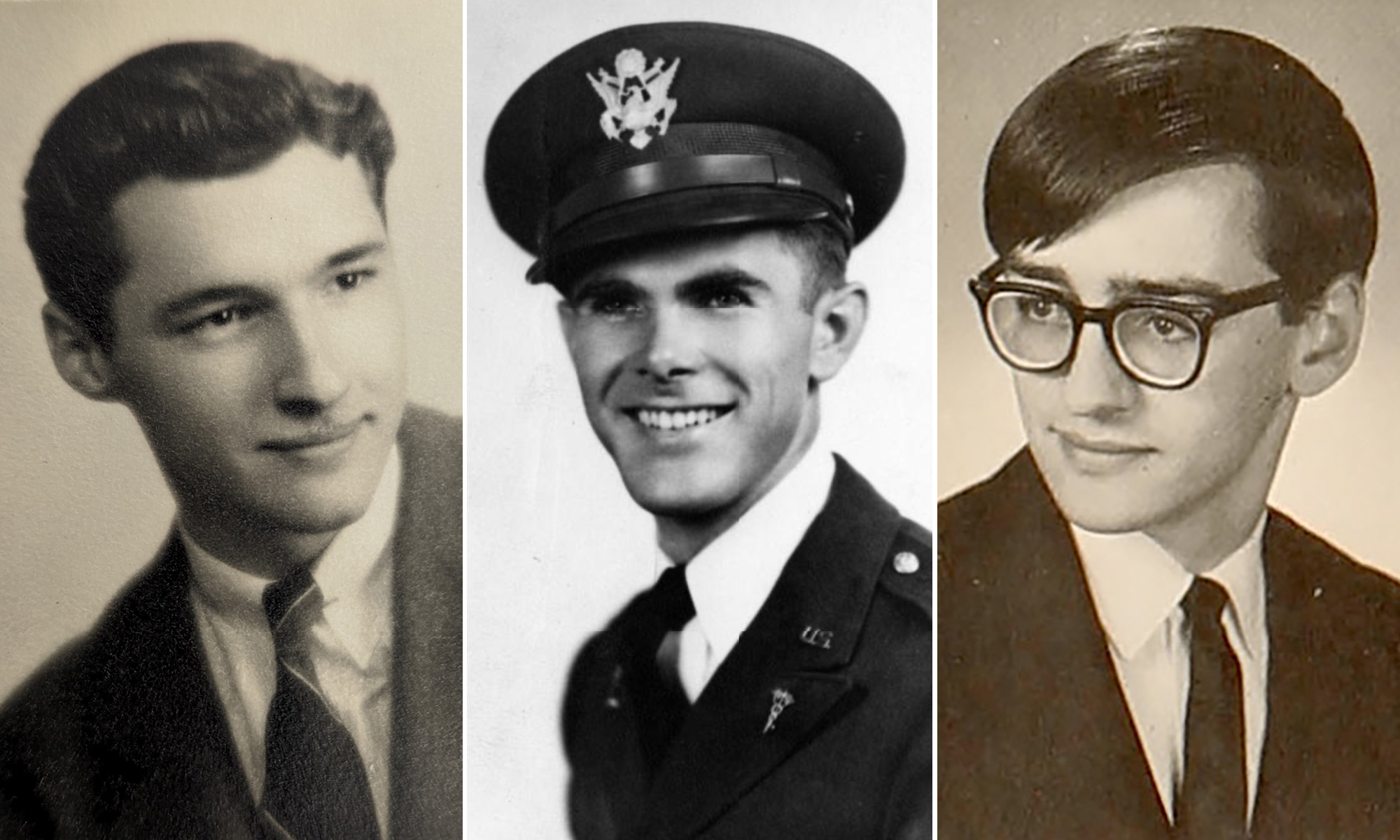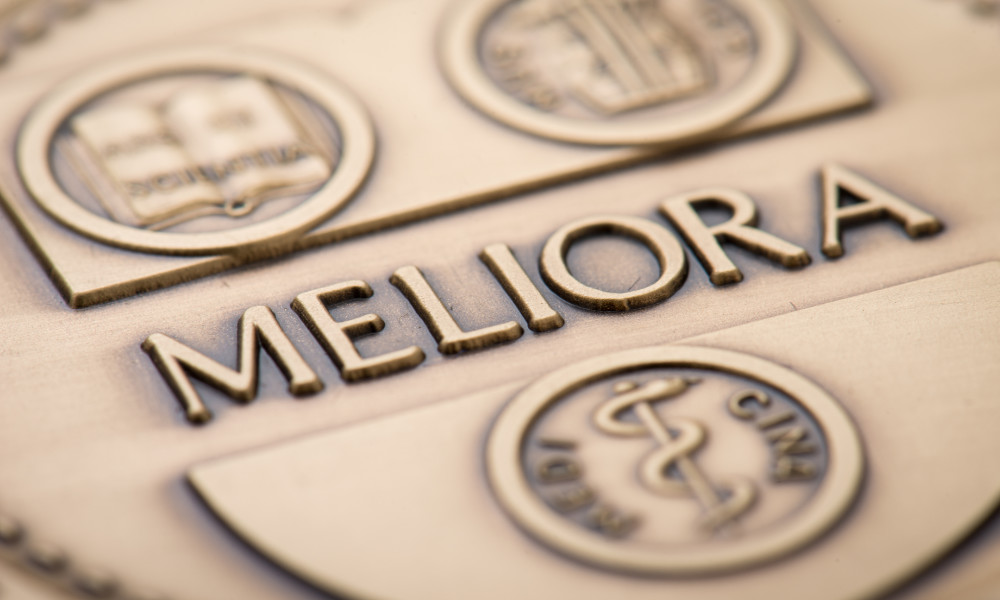What engineers and humanists can learn from one another
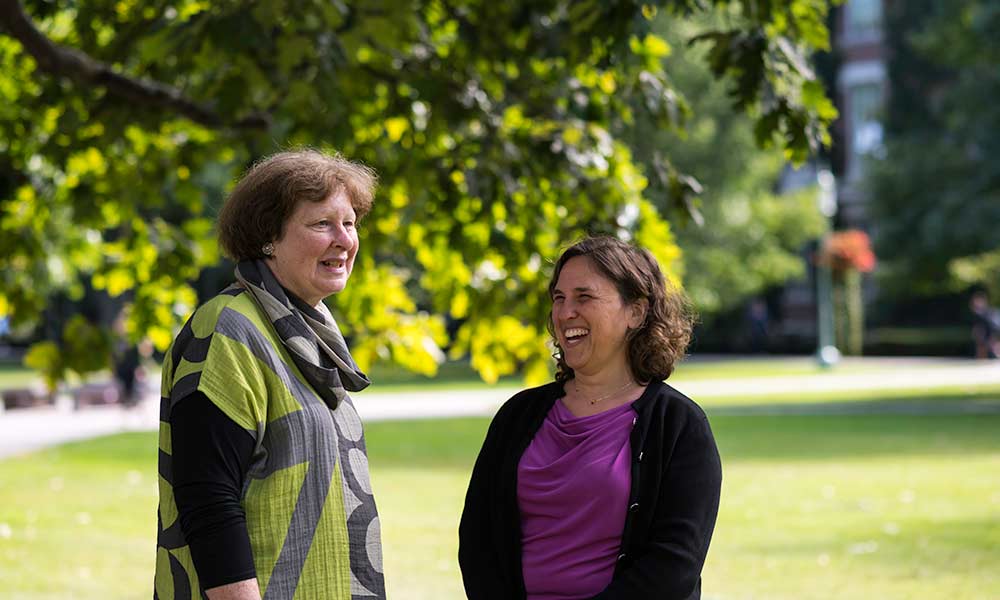
To Joan Shelley Rubin, the Ani and Mark Gabrellian Director of the Humanities Center, left, and Wendi Heinzelman, dean of the Hajim School of Engineering and Applied Sciences, engineering and the humanities are strongly connected.
Jarrod Young ’20 wanted to study computer science at a university where he could also pursue a “range of studies” in the humanities and arts—especially Spanish.
Nathan Nickerson ’20 chose the University of Rochester because of its open curriculum. It has allowed him to study mechanical engineering, minor in art history, and still spend “most of his time” working at the student radio station, WRUR.
Melissa Wen ’20 initially intended to major in brain and cognitive sciences (BCS) and also in studio arts. Then she discovered computer science during her first semester at Rochester. She’s added that as a major along with BCS and will now minor in studio arts—thanks to “the flexible curriculum we have here.”
Clearly, all three seniors are doing well. They have been named recipients of the Wells Award, given each year to high-achieving students in the Hajim School of Engineering and Applied Sciences who also excel in the humanities, as determined by highest GPAs at the end of their junior year.
“All three students are at the top of their class and have gone above and beyond to pursue a minor or second major in the humanities,” says Anna Alden, an academic advisor with the Hajim School.
The award is named after Robert W. Wells ’39, a mechanical engineering alumnus who became a top executive at Westinghouse—and felt strongly that engineers “need the balance of the humanities” to be competent in their field.
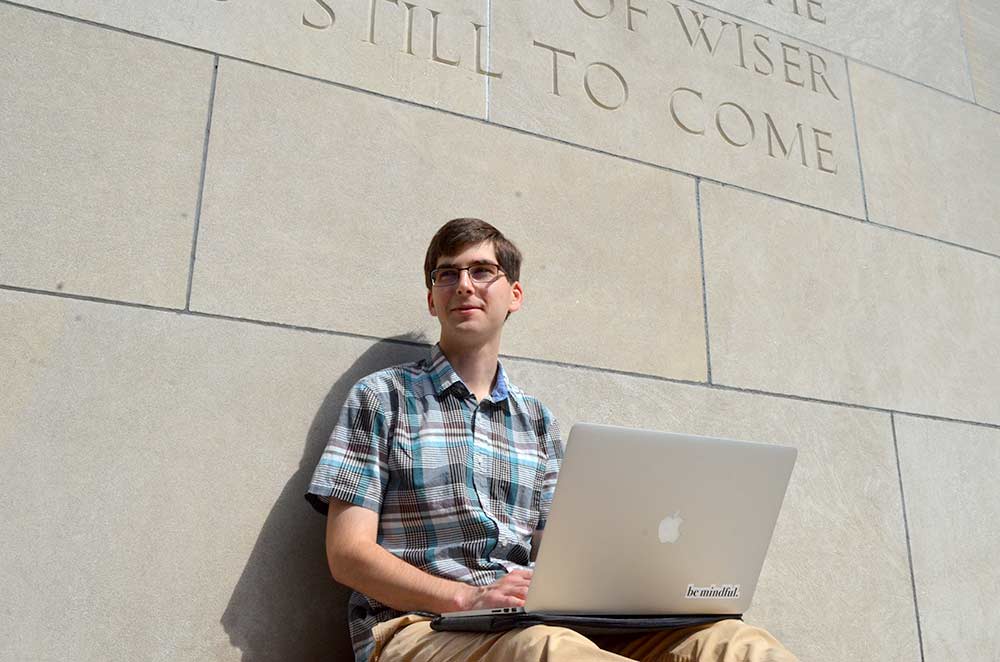
All about language
Even when pursuing dual majors that, on the surface, seem to have little in common, Wells Award recipients often find that those majors indeed complement each other in some respect.
Young, for example, has found that communication skills are critical to both of his majors. “So much of Spanish or any language program involves writing and communicating well—and you also have to communicate well in computer science. It helps to be able to describe things precisely.”
Young first became interested in Spanish in high school. However, a one-month IES Abroad summer study program in Quito, Ecuador the summer before his junior year at Rochester “was my first time being completely immersed in a Spanish-speaking environment,” Young says. “My host family didn’t speak any English. I was able to learn a lot.”
And he especially enjoyed trips to museums and hiking in the mountains near Quito. “It was such a rich cultural experience every single day there,” Young says.
He is president of the Inter-Class Living Community (ICLC), a special-interest housing group that fosters a sense of community on three levels: within the hall and its members, across the River Campus, and in the Rochester community. For example, ICLC has sponsored game nights, movie nights, and a letter-writing program at which the group provided stationery and postage stamps for students who wanted to write a letter home. “It drew a lot of people,” Young says of the letter-writing event. “I think they really liked it.”
He spent this past summer doing research at Johns Hopkins University, applying machine learning to natural language processing in the Human Language Technology Center of Excellence.
But as much as he enjoyed the opportunity to do research in an academic lab, his eyes are set on the private sector. As graduation nears, Young will be looking for a job as a software engineer in an AI or data science startup company.
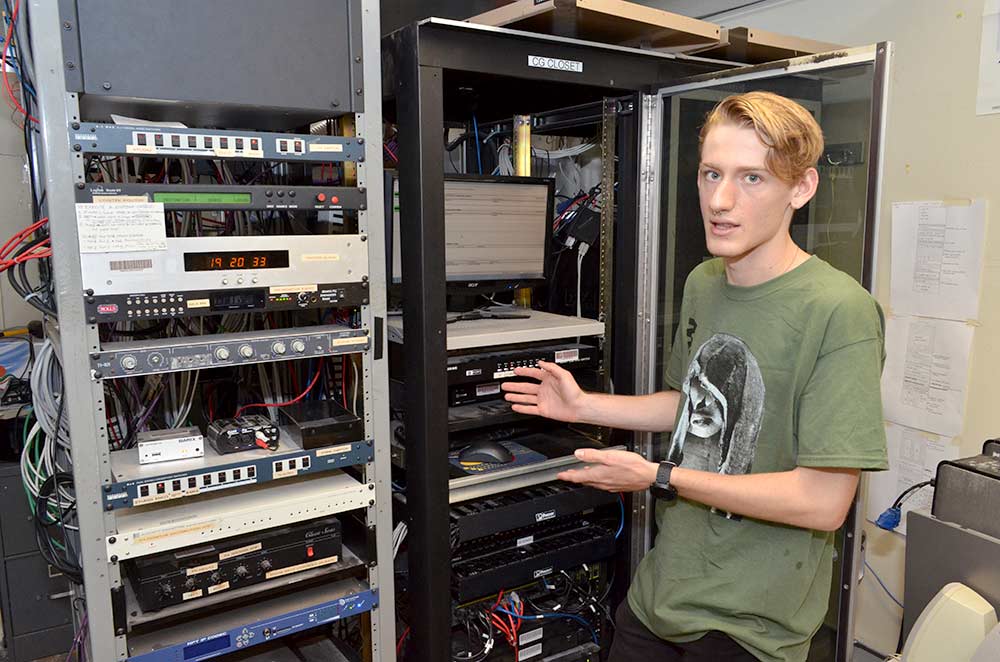
Structuring his time
“When I was four years old, I was too scared to walk across the Golden Gate Bridge,” Nickerson writes at his Linkedin page. “I couldn’t understand how a mile-long section of road could be supported with just a few small wires. Fifteen years later, I study them in school. I’m not too afraid of them anymore.”
Nickerson, who is from Wilmington, Delaware, has taken full advantage of the opportunities the University of Rochester offers to students.
In addition to pursuing a major in mechanical engineering and a minor in art history, he:
- Studied abroad in Madrid in Spring 2018.
- Did summer research as an intern at Iowa State University in 2017.
- Served as an undergraduate researcher in the lab of Hesam Askari, assistant professor of mechanical engineering.
- Interned at Ortho Clinical Diagnostics this past summer.
- Worked all four years as an undergraduate at University’s radio station, WRUR—producing a show on The Sting, and serving as production manager, chief engineer, and general manager.
- Is vice president of Tau Beta Pi and professional chair of American Society of Mechanical Engineers.
“I’m busy,” Nickerson concedes. “I live off campus, so I have to clean and cook every day. I’m also training for a half marathon, so I’m running eight to 10 hours a week. And of course, I take classes, too.”
How does he do it? “Time management,” Nickerson says. “Sometimes it’s late nights. But a lot of times, instead of sitting down between classes and doing nothing, it’s sitting down between classes and doing work for an hour. It’s just making sure I know what I need to do—and doing it.”
Nickerson has found significant overlaps between his studies in mechanical engineering and art history—especially in architecture. “A lot of the things I’ve studied in art history have very strong political and social messages,” he says. “As an engineer, that’s something you have to be aware of.”
He was especially intrigued with a class about architecture and engineering in antiquity, taught by Renato Perucchio, professor and chair of mechanical engineering and program director of the Archaeology, Technology and Historical Structures program. The class examined the masonry temples of ancient Rome and Greece. “It allowed me to explore the political and social impact of how societies mobilized themselves to build these things with the technology they had, and what it meant to the people, both representationally and literally,” Nickerson says.
He would like to earn a master’s degree in civil engineering, then “see how my education in engineering, but also how everything I’ve been learning about art and art history can come together to inform me when making decisions about the construction of buildings, roads, and bridges.”
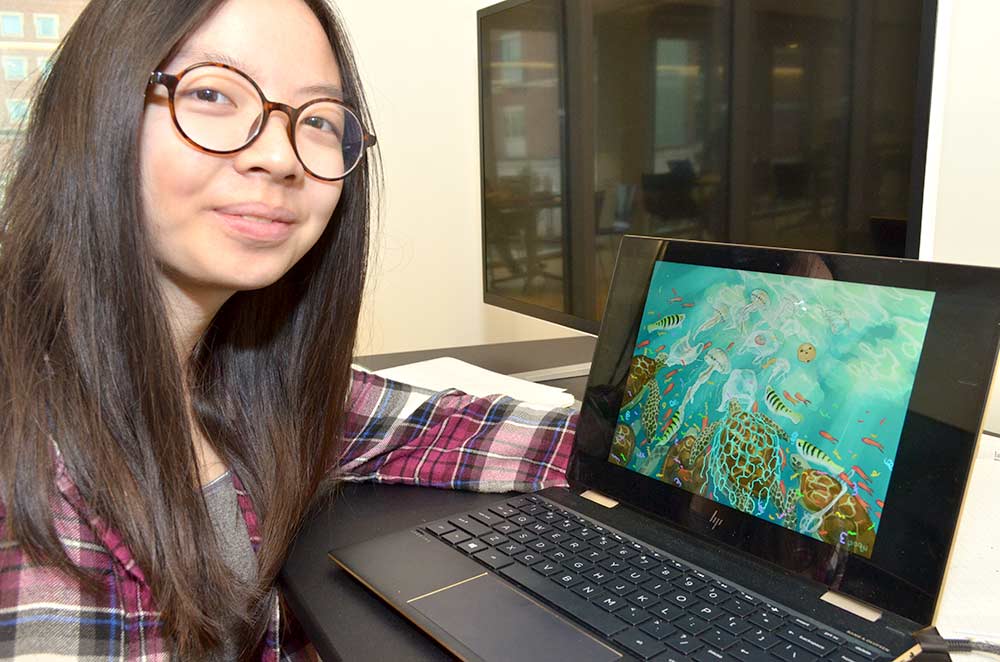
Adding computer coding to arts and the brain
Wen, who is from North Andover, Massachusetts, came to Rochester knowing she wanted to learn more about brain and cognitive science and studio art. Computer science wasn’t even on her radar.
However, as part of the requirements for a brain and cognitive sciences major, she took an introductory course in computer coding her first semester. “I think I just wanted to get it out of the way, but it was really fun,” Wen says. “I liked the problem-solving aspect of it.” She decided to take more computer science classes to “see if the computational side of BCS would be interesting to me.”
It was. A class her sophomore year on formal models of computation, taught by professor George Ferguson, convinced her to major in computer science as well. She enjoyed the challenges she encountered in projects for the class. “There were a lot of things I had to learn. But I liked the process,” she says.
She is now using computing skills in ways that augment her understanding of brain and cognitive science and even apply to her work in studio arts.
For example, her work in the ROCHCI lab of Ehsan Hoque, assistant professor of computer science and Asaro-Biggar ’92 Family Fellow, “involves many discussions that include aspects of behavior and cognition.”
There are also “some interesting aspects of combining programming and art to make an interactive art piece,” she says. “It’s another way to get a message across.”
For example, one of her digital art pieces shows sea turtles and jellyfish—until you mouse over it and the jellyfish start to be replaced with plastic bags and other pollution.
She is president of the Creative Arts Club, which convenes on Friday’s in the Rettner Hall Fabrication Studio. Students don’t have to be art majors to participate and share the “stress relieving” experience of expressing themselves in art.
Her goal is to earn a PhD in computational cognitive science and become a professor at a research university. “I know a lot of people are not able to get a position as a professor,” Wen says, “but it is something that I would like to try.”


